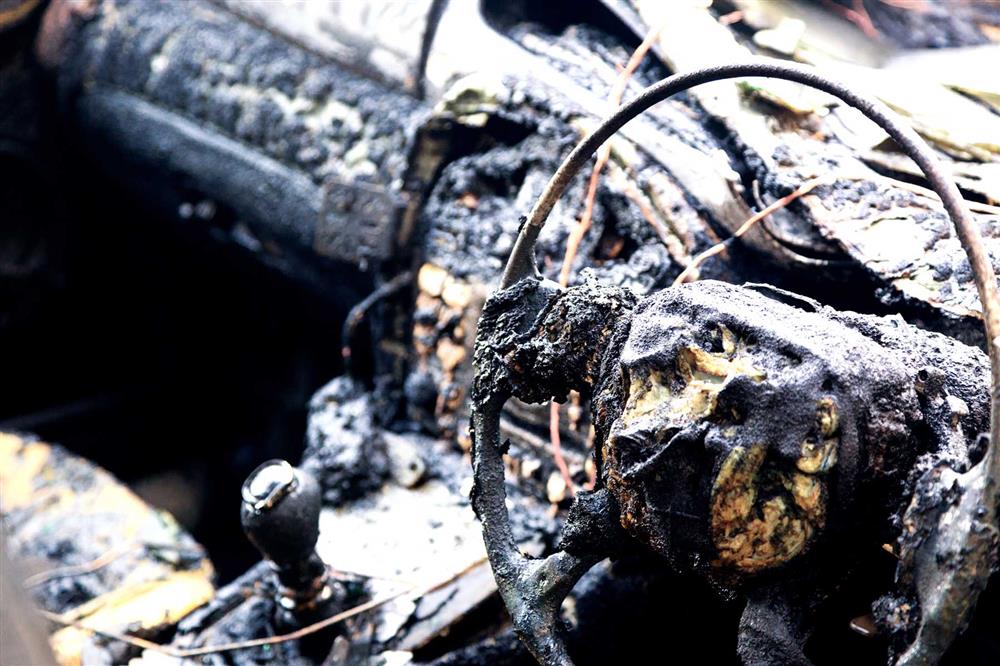YouTube and other platforms are a great source of information for DIYers. Instead of spending crazy money on a service, in many cases, you can diagnose and fix an array of issues yourself simply by watching a few videos. However, just because it's on the Internet does not mean it’s a good idea. Lately, we have come across some how-to videos on how to convert R12 and 134a systems to take 1234yf, as well as videos of how to convert 1234yf systems to 134a. (The latter mainly due to the astronomically high cost of 1234yf.)
While you might be thinking you’re doing the environment a solid, do not do it. It is illegal to convert an R12 or 134a system to 1234yf.

The industry has no tests or published information to establish cooling performance, reliability, compatibility, or an assessment of chemical damage to a system’s lubricant seals and hoses. And the EPA has approved the new 1234yf refrigerant only for new vehicles with systems designed specifically for its use.
This is because R12 and 134a systems are not designed to use flammable refrigerants, which 1234yf is. In fact, Federal Law mandates that using flammable substitutes is strictly prohibited. Before you work on any system that could contain flammable refrigerant, proceed with caution. Electronic leak detectors can ignite if you use it to find leaks in systems holding flammable refrigerants. Plus, parts of recovery or recycling machines could ignite if the machine is being used to recover refrigerant. Even connecting and disconnecting service equipment, a small amount of refrigerant at the service ports might leak. This could also result in a fire if the leak ignites. In any of these situations, both could result in fires or even explosions.
In short, if your car was originally designed to use the old R12 or newer 134a, stick with one of them until a reliable time-tested product is offered as a substitute.
